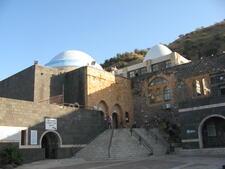
Beruryah
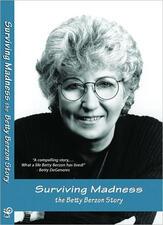
Betty Berzon

Eva Besnyö
Photographer and photojournalist Eva Besnyö was born in Budapest in 1910. In the 1930s Besnyö moved to Berlin, where she quickly became successful with numerous exhibitions and commissions and spent time with politically engaged intellectuals and artists. Following the war, Besnyö was active in the Dolle-Mina feminist movement and was awarded the Dr. Erich Salomon Award for her life’s work.
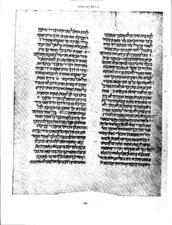
Bet Hillel and Bet Shammai
Meta Pollak Bettman
Meta Pollak Bettman was an untiring volunteer in Jewish and civic causes in the early twentieth century.
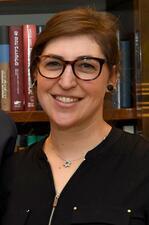
Mayim Bialik
Mayim Bialik is most famous for starring as the titular character in the early 1990s series Blossom and, in the 2010s, on Big Bang Theory as Amy Farrah-Fowler. She is also known for being one of the few observant Jewish actors in Hollywood and for holding a PhD in Neuroscience from UCLA.
Biblical Women in World and Hebrew Literature
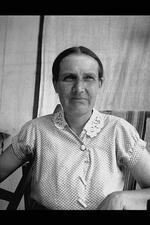
Elisheva Bichovsky
After making Aliyah in 1925, Elisheva Bichovsky (born in Russia as Elizaveta Zhirkova), helped shape the Yishuv’s literary scene as one of Palestine’s first Hebrew poets. Her 1926 Kos Ketannah and 1929 Simta’ot were, respectively, the first poetry collection and first novel written by a woman to be published in Palestine.

Aenne Biermann
In her short life, self-taught photographer Aenne Biermann made a profound impact on the arts as a major proponent of “new objectivity,” a rejection of romantic idealism in favor of practical engagement with the world. As a photographer, she explored nature, the quality of light, and precise structures. Her works were part of every major exhibition in Germany at the time.
Glika Bilavsky
Glika Bilavsky’s activities ran the gamut of secular Yiddish culture, from her political activism to her theatrical career. She fled Poland with her fiancé, Morris Bilavsky, in 1907 and settled in Copenhagen, where the pair married and created a Yiddish theater troupe. In 1921, the couple moved to New York, where Bilavsky performed and volunteered for Hadassah, United Jewish Appeal, and the women’s auxiliary of Mizrahi.
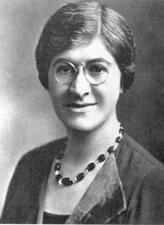
Adele Bildersee
A feminist before her time, Adele Bildersee was an advocate for women in education. She graduated with the first class of the then all-women’s Hunter College in 1903 and went on to help found Brooklyn College, serving as both its dean of students and its director of admissions.
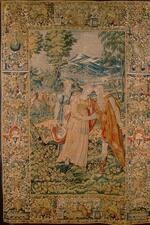
Bilhah: Bible
Bilhah is given to Rachel as a maid and would later serve as a surrogate mother for Rachel when she could not conceive. Though the story records none of Bilhah’s thoughts or words, she gives birth to two of Jacob’s sons for Rachel, Dan and Naphtali, and is remembered as one of the ancestresses of the Israelites.

Bilhah: Midrash and Aggadah
Bilhah was the maidservant of Rachel and mother of Dan and Naphtali. The rabbis fill in details about her life, her relationship with Jacob, and the confusing incident between Bilhah and Reuben, Jacob’s eldest son.
Gertrud Bing
Art historian Gertrud Bing was a key figure at the Warburg Institute, a research library focused on the afterlife of antiquity in the art of the Renaissance. Beginning as personal assistant to the Institute’s founder, Aby Warburg, and ultimately becoming its director, Bing helped develop and disseminate iconology, a methodology that investigates the social, historical, and cultural meanings of themes and subjects in artworks and that transformed twentieth-century art history.
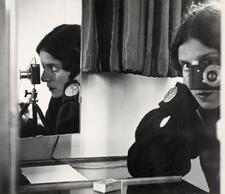
Ilse Bing
Ilse Bing was known as the “Queen of the Leica” for her work in photojournalism, fashion, and advertising with this new camera, fast film, and darkroom techniques of polarization and cropping. Her work was highly influential in France in the 1930s when many émigré artists were energized by the cross fertilization of disciplines that contributed to modern photography.
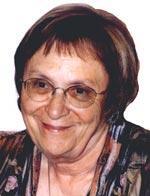
Yehudith Birk
In 1977, biochemist Yehudith Birk became the first woman to serve as a dean at the Hebrew University. An internationally renowned scientist for her studies of legume seed proteins and proteinase inhibitors, she won the 1998 Israel Prize for agricultural research.
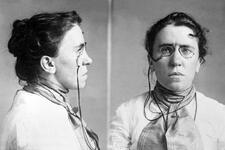
Birth Control Movement in the United States: 1912-1960
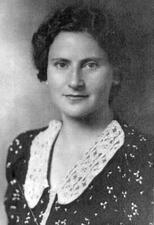
Chaske Blacker (Blacher)
During her brief life, Yiddish writer Chaske Blacker worked in radio, tobacco and dress factories, and reared two children while supporting her poet-husband. It is no surprise that her stories mainly focused on the working class. She produced two novellas and a dozen short stories while still acting as the main breadwinner for her family.

Sara Blakely
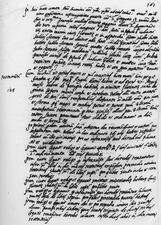
Ginevra Blanis
Ginevra Blanis was a late sixteenth-century silk manufacturer of the Florentine ghetto and Siena. She left her mark as a founder of the young community with her philanthropy and in the public communication of what she considered Jewish values in the provisions of her will.
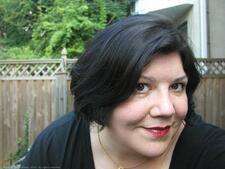
Hanne Blank
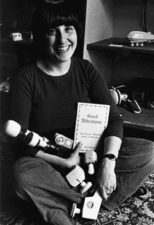
Joani Blank
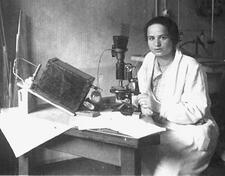
Marietta Blau
German physicist Marietta Blau joined the Institut für Radiumforschung, where she developed an emulsion technique for recording the tracks of particles that allowed her to detect neutrons and observe nuclear disintegration caused by cosmic rays. Forced to emigrate in 1938, worked for the US Atomic Energy Commission and later taught at the University of Miami. Throughout her career, she faced discrimination for her religion and gender and was denied paid work.
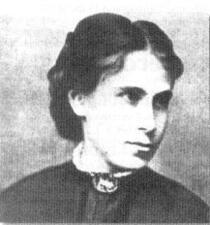
Tina Blau
Tina Blau was the only Jewish woman artist of her generation to be recognized by her peers. Blau made her artistic debut in 1867 and her paintings were included in the 1873 Viennese World Exhibition. In 1897 she co-founded the Wiener Frauenakademie, an art school for women, and taught there until 1915.
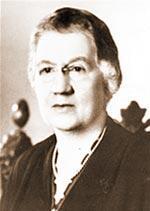
Henrietta Gittelson Blaustein
Henrietta Gittelson Blaustein was an American philanthropist. When her husband died in 1937, she became the chairperson of the Louis and Henrietta Blaustein Foundation. In 1951, the foundation awarded $1,000,000 to the Sinai Hospital and the Jewish Medical Center in Baltimore – the largest individual contribution ever made to a Jewish organization at that time.


